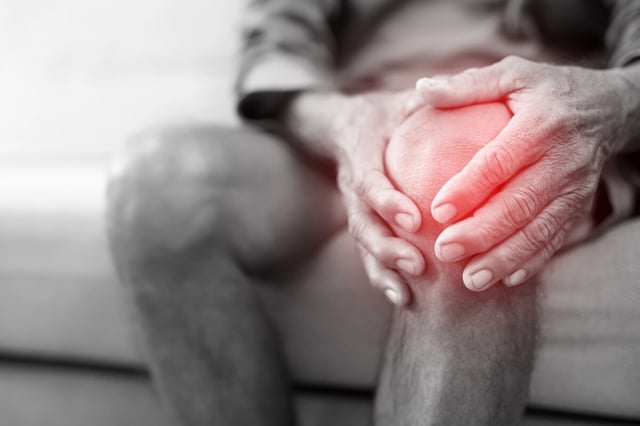Overview
- In ex vivo tests, the material released 32% more cargo at pH 5.5 than at pH 7.5 under compression over three hours, indicating responsiveness to inflamed joint conditions.
- The hydrogel’s behavior is governed by cucurbit[n]uril host–guest complexes that reversibly alter crosslinking within the physiological pH range of roughly 4.5 to 7.5.
- Researchers propose the material could function as artificial cartilage for localized delivery of anti‑inflammatory drugs, potentially reducing systemic side effects and dosing frequency.
- The work remains preclinical, with in vivo studies planned to assess biocompatibility, safety, and efficacy before any clinical use.
- Findings are published in the Journal of the American Chemical Society, with support from the European Research Council and the UK Engineering and Physical Sciences Research Council.



